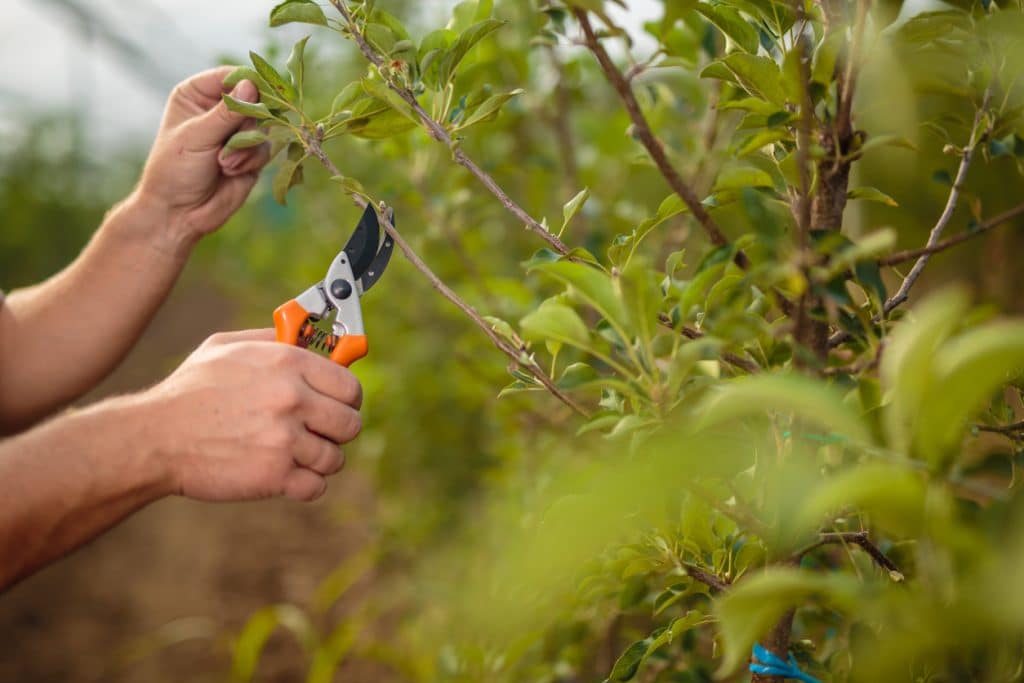For homeowners and gardeners, spring can bring some challenges regarding tree care. As trees emerge from their winter dormancy, they may exhibit various problems that require attention. Some of these issues can be easily resolved, while others may require more extensive intervention to prevent serious damage or even tree loss.
Several tree problems can appear in the spring. Here are a few examples:
Leaf Diseases
Spring is a time when trees start growing new leaves, which is a sign of their recovery from the winter dormancy period. However, this also means the trees are more susceptible to leaf diseases, which can cause various problems. Some of the most common leaf diseases affecting spring trees include anthracnose, powdery mildew and leaf spot.
It is important to remove and dispose of infected leaves properly to prevent leaf diseases from spreading. Pruning affected branches can also help improve air circulation and reduce the spread of disease. Contact a professional arborist to assist with these tasks to ensure they are done properly.
Insect Infestations
Insect infestations are another common problem that trees face during the spring season. As temperatures warm up, insects become more active and can cause significant damage to trees. Some of the most common insects that infest trees in the spring include aphids, scales and caterpillars.
Fungal Infections
During spring, trees are at risk of getting fungal infections. Various fungi, such as powdery mildew, leaf spot and anthracnose, can cause these infections. Symptoms of fungal infections can vary depending on the type of fungus and the tree species. Still, common signs include discoloration, wilting and powdery or fuzzy growth on leaves or branches. Fungal infections can weaken trees, making them more vulnerable to other pests and diseases. An arborist will use fungicides to treat fungal infections.
Frost Damage
Springtime brings unpredictable weather patterns, which cause problems for trees, including frost damage. Frost damage occurs when low temperatures occur after a tree has begun to grow new leaves or buds, causing them to freeze and become damaged. In severe cases, frost damage can kill entire branches or trees. Preventing frost damage is challenging, but some steps can be taken to minimize the risk. Trees can be protected by covering them with blankets or other insulating materials on nights when temperatures are expected to drop below freezing.
Nutrient Deficiencies
Nutrient deficiencies can be a significant problem for trees in the springtime. After a long winter, trees require abundant nutrients to support new growth and development. However, trees may struggle to grow healthy foliage and produce fruit if the soil lacks certain essential nutrients. Symptoms of nutrient deficiencies can vary depending on the type of nutrient that is lacking. Common signs include yellowing or browning of leaves, stunted growth, and poor fruit or flower production.
If you notice any of these problems with your trees, it’s important to act quickly to prevent further damage and protect the health of your trees. If you’re a Sterling Heights, MI, resident, consider contacting a certified arborist or tree care company like Turbo Tree Care for tree care services.



